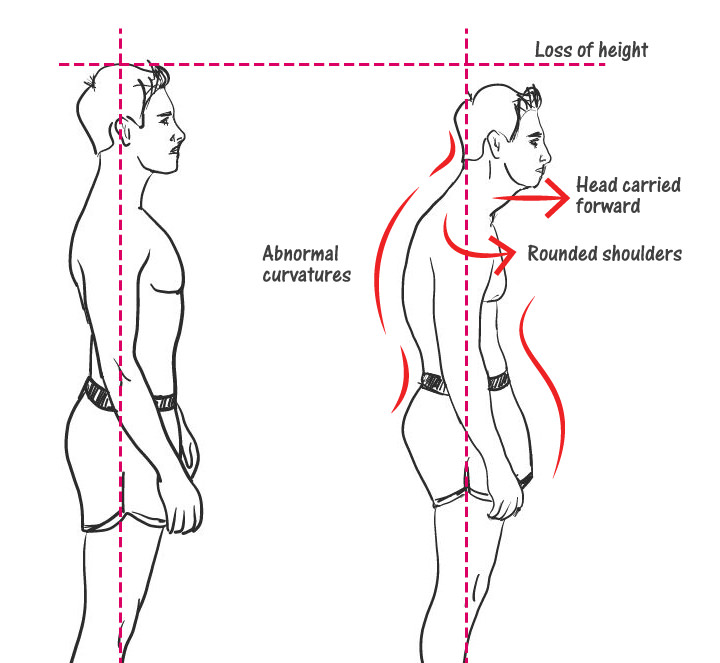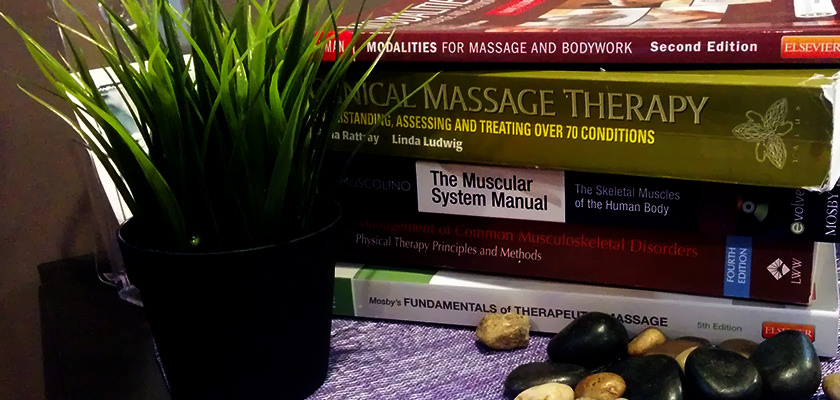Take care of your body, improve your posture: Introduction.
By Luis Gerardo Galvan Reyes, RMT.
March 6th, 2017.
Everyday we surround ourselves with all kinds of machines and function oriented objects, and for the most part of it we take good care of them: regular service for your car, checking out the pockets of your pants before tossing them in the laundry machine, covering up your food while nuking it in the microwave, keeping the fridge’s door closed, etcetera. And that makes sense, because we know that if we misuse these things they’ll break, and it’ll cost time and money to fix or replace them.
Now imagine you have a machine that works for you 24 hours a day, that takes you anywhere you want to go, performs any task you ask it to do, and also connects you with all kinds of sensations and enjoyable experiences. One little trick, you only have one, and if it breaks you cannot replace it. Wouldn’t it make sense to take care of this machine as much as, or even more than, the ones that are replaceable?
This is the case of our body, we use it every day, and some of us don’t even stop for a second to consider everything it does for us, never mind thinking about how to keep it functioning at its peak condition.
“Good posture” is healthy because it is balanced and efficient; therefore it does not place excessive stresses on the tissues of the body. (MUSCOLINO: 2011)
Bad posture can be the cause of spasms, trigger points (knots), shortened and lengthened muscles, functional deformities (ie. curved spine, hunched back, etcetera). Moreover, muscles that are forced to work without proper oxygenation (a common consequence of faulty posture and spasm) accumulate metabolic waste, which may inhibit efficiency and increase pain and irritation. The whole picture is complicated by the fact that as postural habits develop, the brain comes to interpret these sensations as being normal, proprioceptors eventually reinforce the patterns that cause the problem. It become a vicious cycle.1
One very easy way to start caring about our body is improving our posture, which will translate in healthier muscles and joints, more efficient respiration and circulation, and even improved state of mind and animosity.

Numerous studies have shown prevalence rates of neck pain among adults ranging from 12.1% to 71.5%, and weekly prevalence of neck and shoulder pain in adolescents rising from 17 to 28% in the years 1989 through 1996. Some researchers attribute this numbers to increased sedentary life styles, including increased computer use. An increased prevalence of musculoskeletal illness for users of computers and video display units has been observed, for example, up to 45% to 60% of office workers experience recurrent pains and aches related to bad posture during work hours.2
“... as postural habits develop, the brain comes to interpret these sensations as being normal, proprioceptors eventually reinforce the patterns that cause the problem.” (WERNER: 2013)
As a Massage Therapist, I observe postural imbalances and deformities on a daily basis in most of my clients. In many cases, these factors are one of the primary causes of their complaints. Rounded shoulders and head carried forward (slouching), unleveled shoulders, hiked hips, curved spines, bent feet, misalignments, and many other faults are present in most of us, and we should actively observe them in order to make a conscious effort for fix them, after a little while, a good posture will become natural.
Pro-actively working to fix our posture falls into the definition of “preventive health care”, since it’ll help to maintain muscles and joint health, and prevent disorders associated to sedentarism and postural imbalances.
This is the first installment in a series of articles related to body posture. The articles won’t be posted consecutively, but they will follow a specific order and have continuity. You can read the rest of the installments here (it’d be a great idea to read them in order):
Series: Take care of your body, improve your posture:
Part 1. Introduction (Published: March 6th, 2017).
Part 2. Stand and walk properly (Not available yet).
Part 3. Seat better (Not available yet).
Part 4. Work smarter (Not available yet).
Part 5. Sleep correctly (Not available yet).
Part 5. Special considerations. (End of series. Not available yet)
I hope you learned a little bit after reading this piece, and that my writing was clear enough to make it easy to read. If you ended up with more questions than answers, please feel free to ask away, email me to office@nochessinluna.com putting "ARTICLE 2017-0306: Question" as subject, or "ARTICLE 2017-0306: Feedback" if you just want to make a comment or point out errors in the presented information. If you want me to write about a topic in particular please request it with the subject "ARTICLE Topic: Suggestion".
Thank you for reading, see you next week!
(^-^)b
(1) )WERNER, Ruth. “A MASSAGE THERAPIST’S GUIDE TO PATHOLOGY”, 5th Edition (USA, Lippincott Williams & Wilkins, 2013): Kindle edition, locations 2585-2587/30390.
(2) Green, Bart N. “A literature review of neck pain associated with computer use: public health implication”, The Journal of the Canadian Chiropractic Association, 53.3 (2008): 161–167. (Read full document: Link to PDF)
( ) Muscolino, Joseph E. “Kinesiology: The Skeletal System and Muscle Function”, 2nd Edition (USA, Elsevier-Mosby, 2011): 603.




